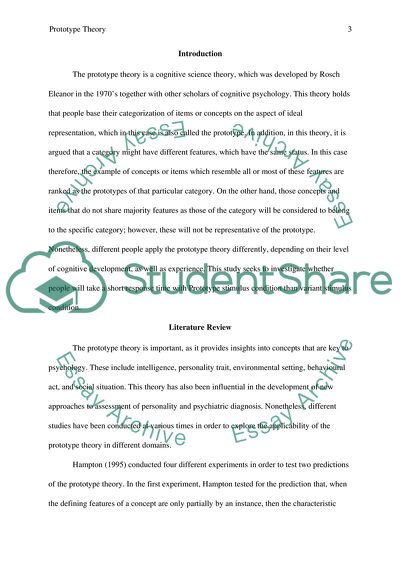Cite this document
(Cognitive Science Theory: Prototype Theory Research Proposal Example | Topics and Well Written Essays - 1250 words, n.d.)
Cognitive Science Theory: Prototype Theory Research Proposal Example | Topics and Well Written Essays - 1250 words. https://studentshare.org/psychology/1819021-prototype-theory
Cognitive Science Theory: Prototype Theory Research Proposal Example | Topics and Well Written Essays - 1250 words. https://studentshare.org/psychology/1819021-prototype-theory
(Cognitive Science Theory: Prototype Theory Research Proposal Example | Topics and Well Written Essays - 1250 Words)
Cognitive Science Theory: Prototype Theory Research Proposal Example | Topics and Well Written Essays - 1250 Words. https://studentshare.org/psychology/1819021-prototype-theory.
Cognitive Science Theory: Prototype Theory Research Proposal Example | Topics and Well Written Essays - 1250 Words. https://studentshare.org/psychology/1819021-prototype-theory.
“Cognitive Science Theory: Prototype Theory Research Proposal Example | Topics and Well Written Essays - 1250 Words”. https://studentshare.org/psychology/1819021-prototype-theory.


